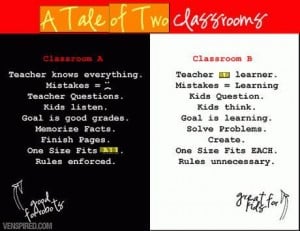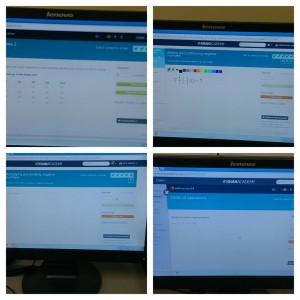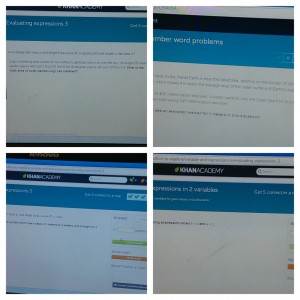No Rules, No D-Halls, No Reminders, No Zeroes
The training and structuring that has developed in my classroom is the best it’s ever been. I’d like to share with you some of the ways I’ve developed a positive classroom culture with no rules, no D-halls, no reminders, and no zeroes.
Every teacher has moments in their career when they feel as if their students aren’t motivated. A teacher feels that no matter how hard they try, they just can’t get the students to buy in and express any concern for what is being done in the classroom. In fact, some may feel that way all the time. Can you imagine how it must feel walking into a classroom with 20-30 students looking at you that could seemingly care less about what you’re about to ask them to do? I can say it’s miserable! Never has there been an effective teacher that didn’t like their job. All effective teachers are happy teachers, and it’s difficult to be a happy teacher when your students appear to lack any motivation or concern for what you’re trying to teach.
I have dedicated a considerable amount of resources, energy, and most importantly, time, to creating a class that students enjoy, but one in which they are challenged. Challenging students and motivating students are not an easy task. Every day I’m reminded of how directed my students are, and how aware they are of what they’re learning well and what they’re not learning so well. Does this describe every student? Not yet. But it does describe most of them. Below you’ll find some techniques I’ve found to be successful in motivating and engaging my own students. Most of these efforts are also intended to develop more personal relationships with my students. All of these efforts are accomplished without rules, D-halls, reminders, or zeroes.
- @Celly: I use celly with my students and parents as a means to communicate. This also allows my students and I a safe place to exchange comments, positive reinforcement, and questions. You’d be surprised at what a simple text broadcasted to students and parents will do for my class the following day. One evening I texted a list of names who had been working hard online that evening. The next evening I had twice as many students working hard from home. If you don’t know about Celly, definitely check it out!
- Email is still effective. I make an attempt to email personal messages home to at least 2 students each week. At the beginning of the year I made a strong attempt at gathering an email from all homes represented by my students. I used a simple Google form to accomplish this. Sending a positive, personal message home bragging about a student requires about 5 minutes. This has been a high – yield strategy for me this year. I’ve received great feedback from students and parents. One student came in the next day and said “Mr. Oldfield, will you send another message home? I got my phone back last night and I’m not grounded anymore!”
- We have Blennerhassett Bobcat cards at my school. They’re postcard sized, with a spot to write a short note. These have become an amazing tool and they require very little time. In 30 seconds I can write a positive, encouraging note to a student. I try to hand deliver the notes too. Since I started doing this I’ve heard from other teachers telling me that a student stopped by their room to show them the card he/she received from me. The students are so proud of these cards.
- I have a wall of fame in my room. Students appear to be working hard to gain recognition on my wall. I admit, I need to invest more into this attempt at improving student motivation in my classroom. I have not publicized what is required to gain a spot on the wall. I find that doesn’t restrict students to only doing what is required.

- I have also made a strong effort this year to leverage the power of social media to connect with my students at the place where they spend a ton of time. I’ve broadcast my Twitter name to my classes and my parents. Twitter has provided me the opportunity to share student success in a place that is important to students. I imagine most students would prefer I praise them in front of their peers, rather than in private to their parents. How strong is your voice?
- I use Khan Academy with my students. Thankfully, it allows me to monitor student use/activity extremely effectively. It takes me about 5 minutes to access Khan Academy and check to see which students have been active. If I stopped there, I’d be missing out on a tremendous potential. Checking on students activity allows me to touch base with them, either via Celly, Twitter, or face to face the next morning. Even a simple “Hey I saw you working really hard last night, how did it go?” sends a strong message to my students that I care about what they’re doing. Is there a stronger message to send? One morning I perched myself outside my door, waiting for a young lady to come around the corner because I noticed she finally passed adding and subtracting negative numbers the night before. She completed a total of 234 problems over the course of the 9 weeks grading period. This was a skill that presented her with a ton of difficulty. I had exhausted myself with scaffolded support, working 1:1, researching interventions and strategies, etc. That morning she came around the corner, I just pat her on the back and said, “Congratulations! I see you passed last night!” She started crying tears of joy over me acknowledging her hard work and success.
There are, no doubt, many effective ways to improve student motivation, show students that you care, and broadcast student success. These are a few of the things that have affected my classroom tremendously!




